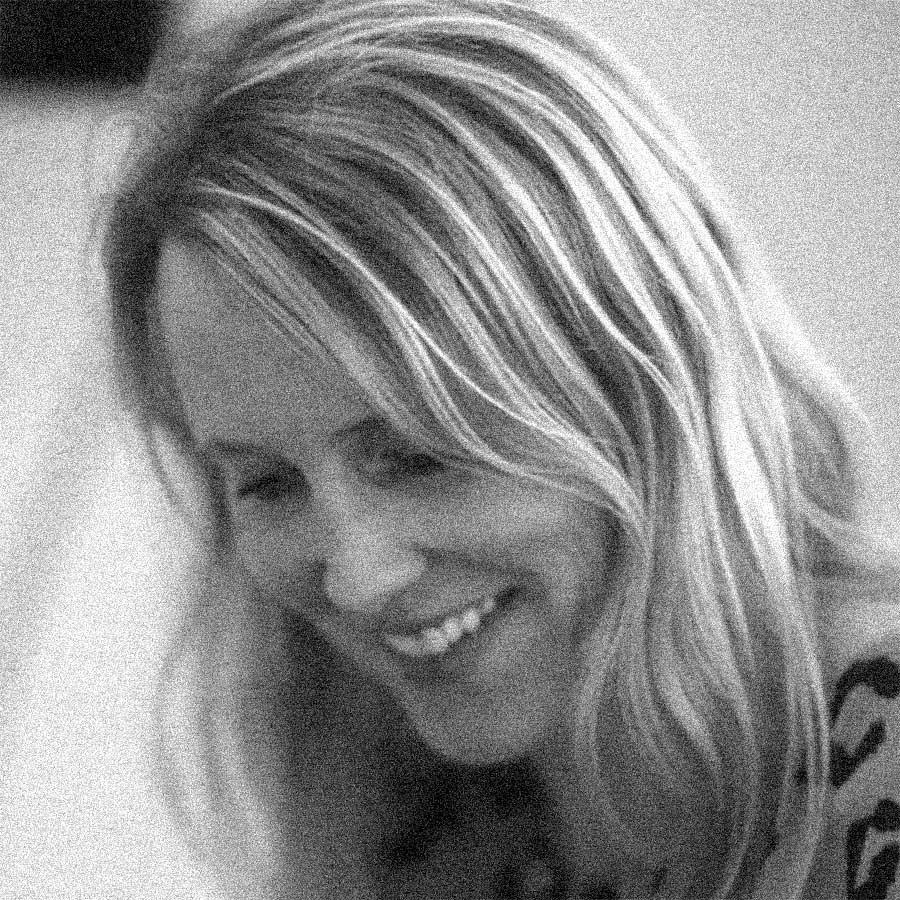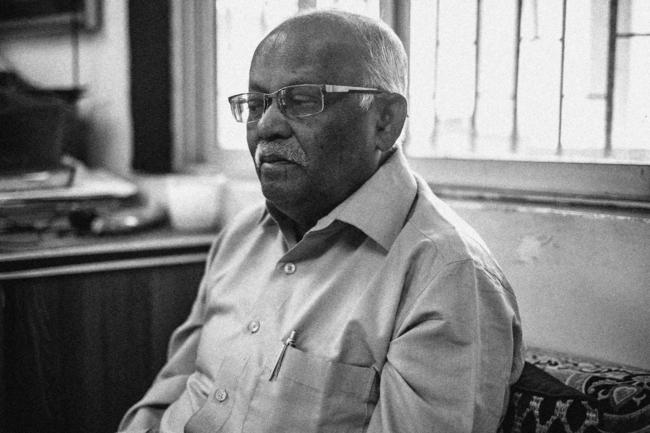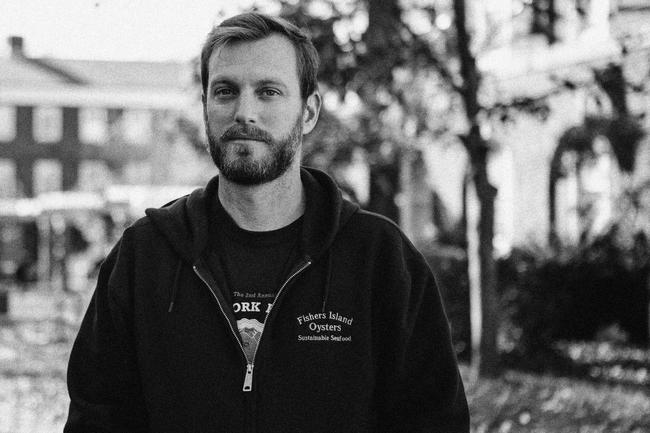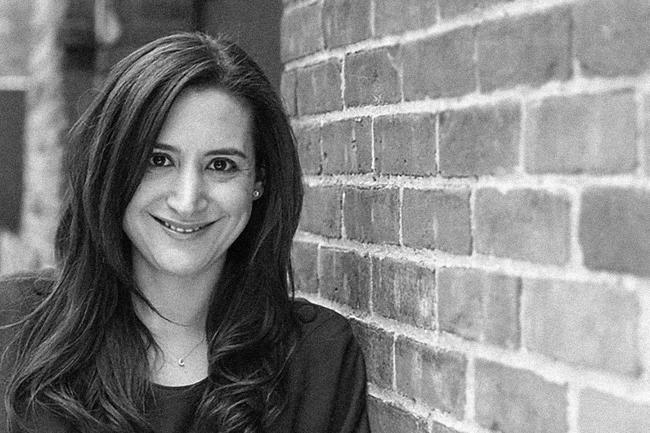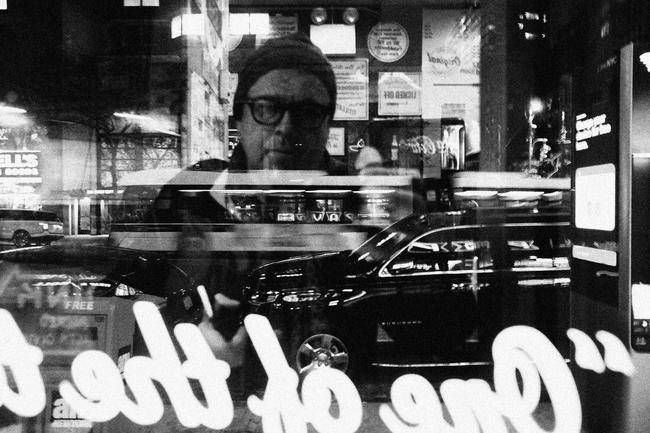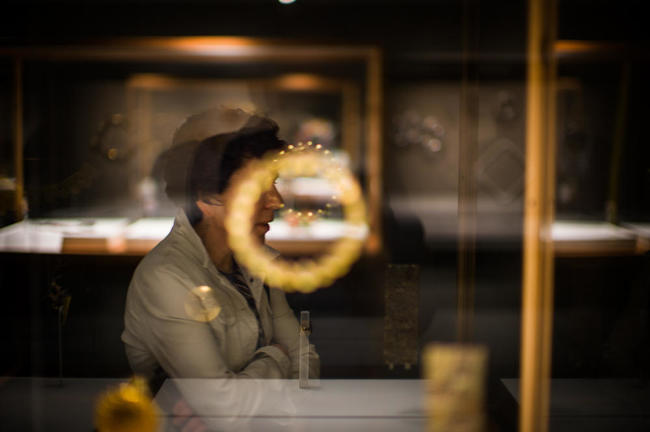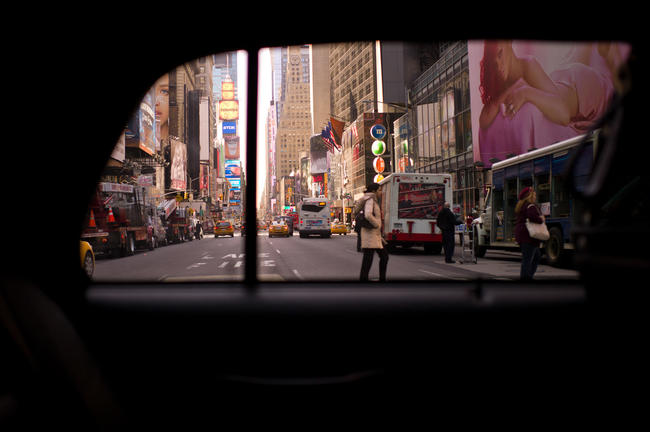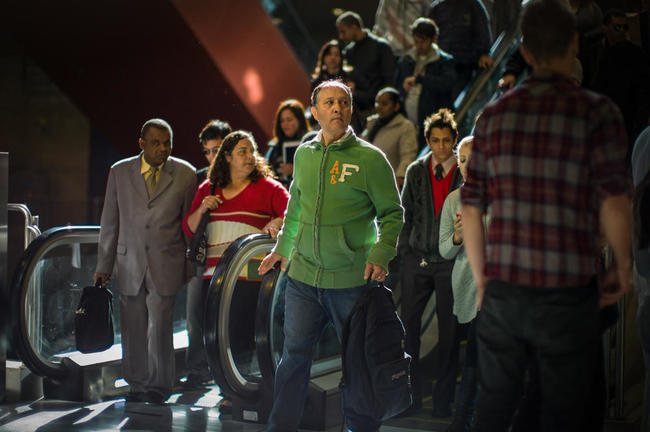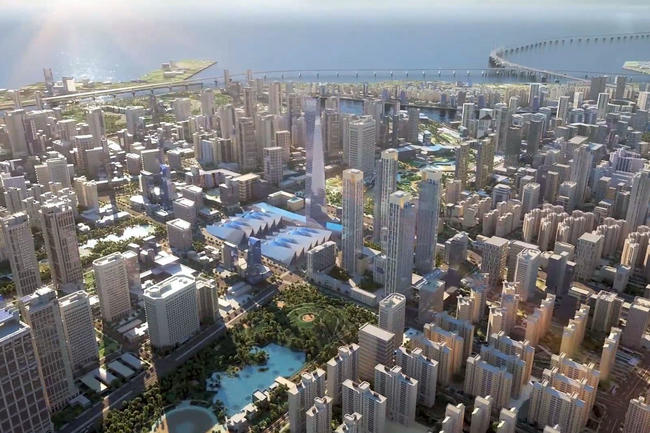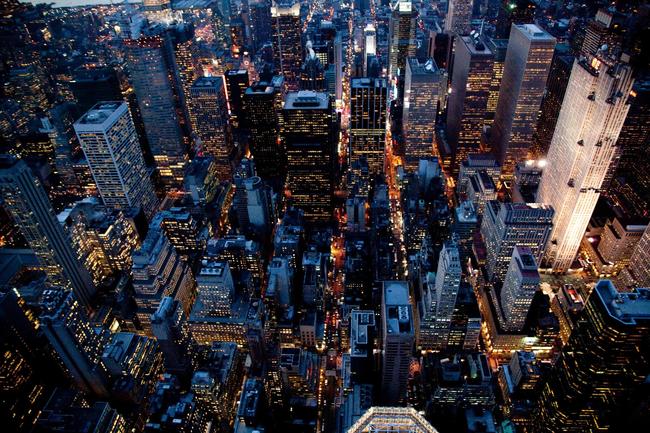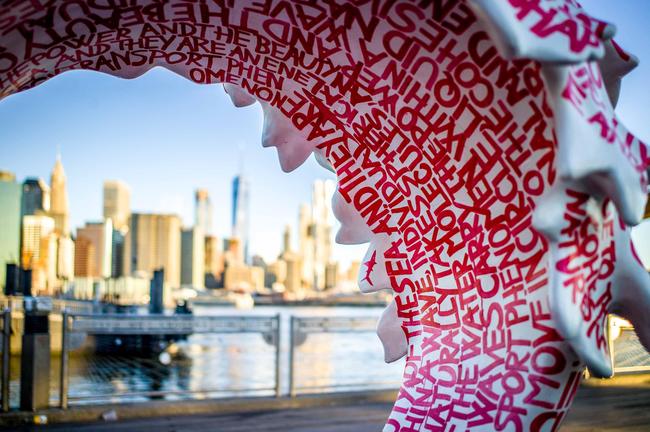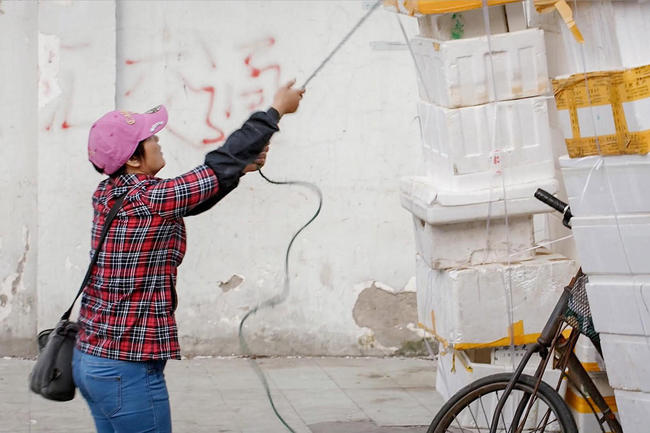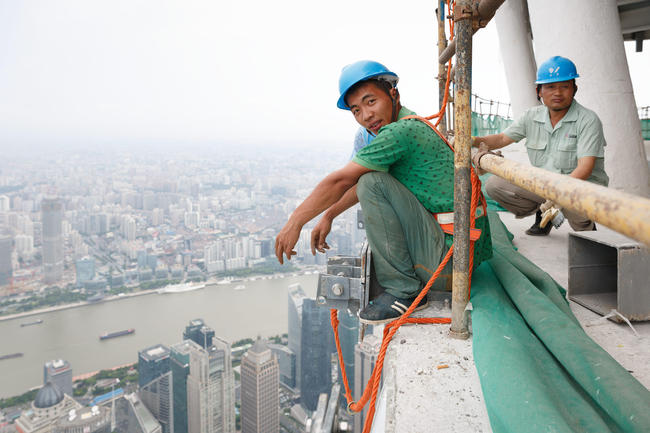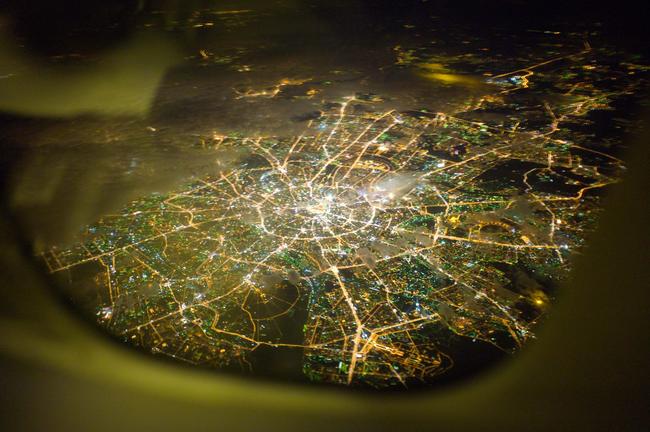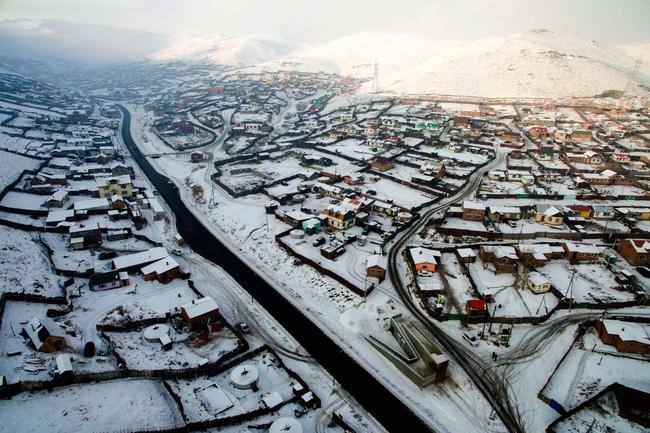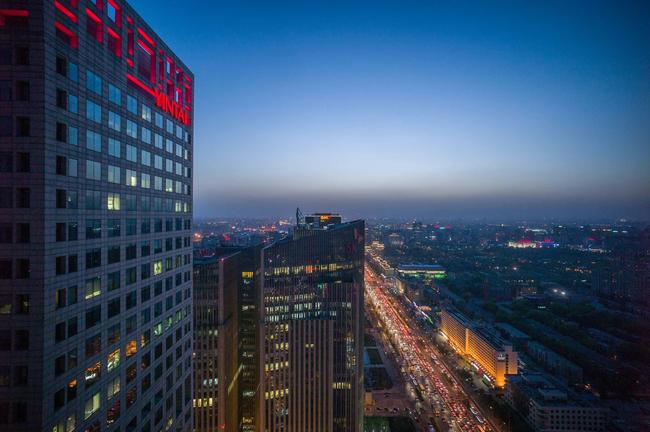
London as a National Park City:
a vision for the future
London is shaped by the stories held in its streets, by the heritage and history handed down through its buildings. But it’s also shaped by its hills, by the many twists and turns of green and blue spaces. Woodlands, wetlands, nature reserves, rivers, ponds, lakes, canals, meadows and streams: it’s all here. Yet sometimes it feels easy to forget all this when talk of the city’s toxic levels of air pollution is rarely out of the news. And when so many of us spend much of our lives rushing between one bit of infrastructure and another.
But now London is about to become the world’s first National Park City – a moniker that feels full of hope. It launches on 22 July, with a week-long festival to celebrate. London will be a new type of national park, not quite like the thousands of protected national parks around the globe; those places imbued with a special sense of wilderness and bare beauty. Instead, the city’s new status is ‘a place, a vision, a movement and a way of organising’, according to the National Park City Foundation, the charity set up to bring this idea to life in London. In short, it’s about people in communities working together.
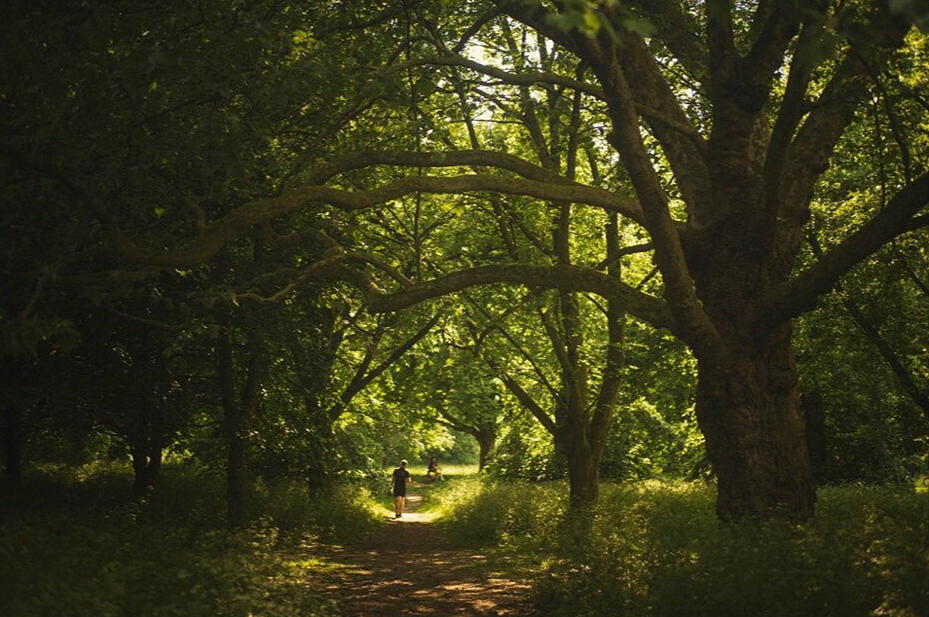
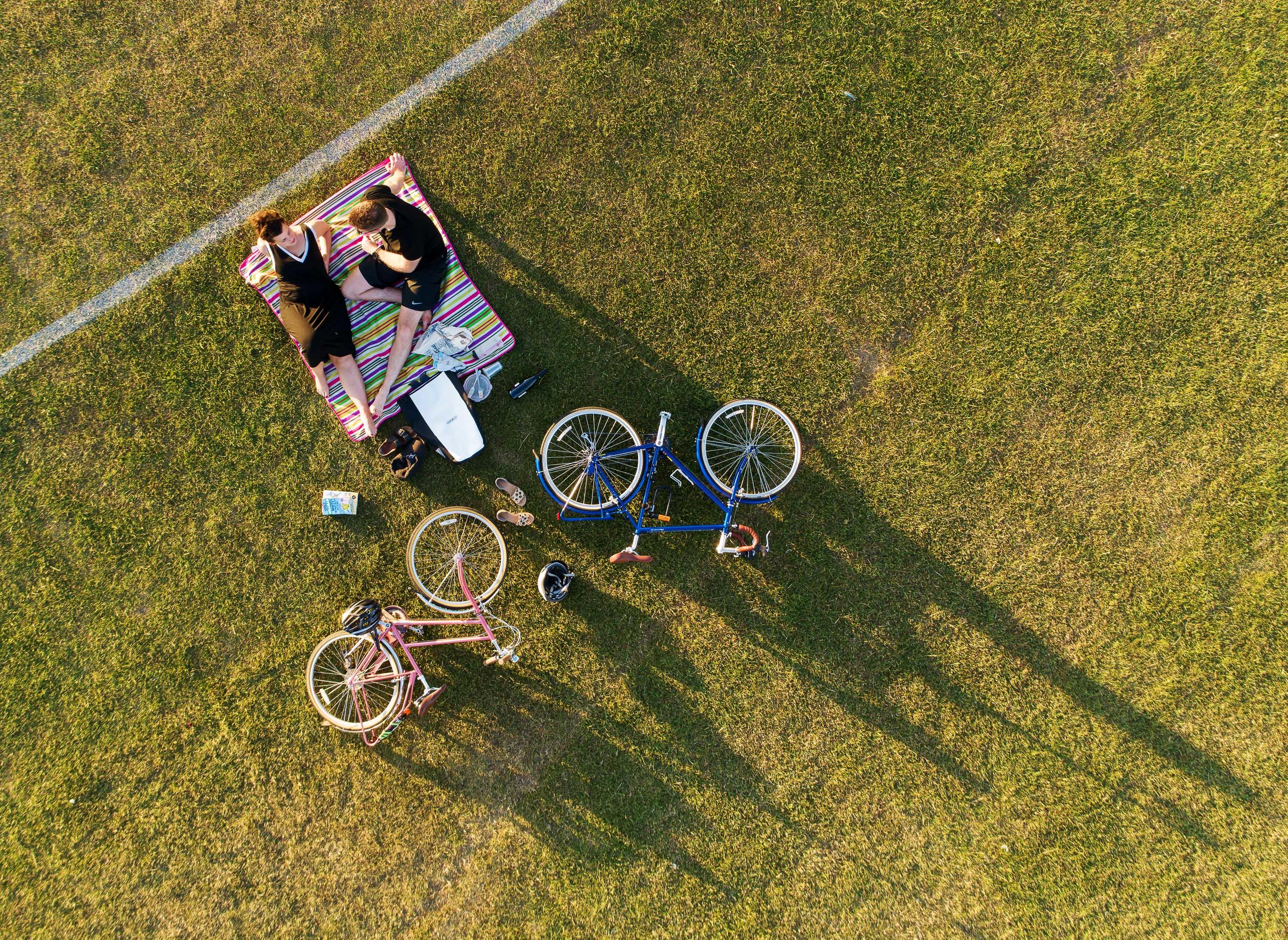
‘This is not an award but the beginning of a journey and large-scale and long-term challenge to improve urban life through everyday actions and strategic policy,’ says Daniel Raven-Ellison, who has led the campaign to make London a National Park City.
He adds: ‘It’s about lifting our ambitions; going further to make the city greener, healthier and wilder…tackling the climate crisis and bringing more joy to the city.’
The foundation is on a mission to encourage many more places to become National Park Cities like London.
‘People are demanding nature in their lives wherever they live. Nature is a ‘need to have’, not a ‘nice to have’; it is critical for our wellbeing and existence,’ says Daniel, a self-confessed guerilla geographer and creative explorer. ‘We need a better relationship with the rest of nature, for our own health, for the health of wildlife and for the health of the systems that we depend on.’
A defining quality of a National Park City, says the foundation, is to stimulate an atmosphere in which millions of people take everyday actions to improve the quality of their lives and enhance the fabric of the city. Many people already do. But making London a National Park City means galvanising many more: collaborating for more, for better.
Roughly 47 per cent of Greater London is ‘green’, making it one of the world’s most vegetated cities. One third of the city is open green spaces and 24 per cent is private garden land. It is also said to be home to 15,000 species of wildlife and nearly as many trees as people. While 27 per cent of New York and just 10 per cent of Paris are green, according to the World Cities Culture Forum.
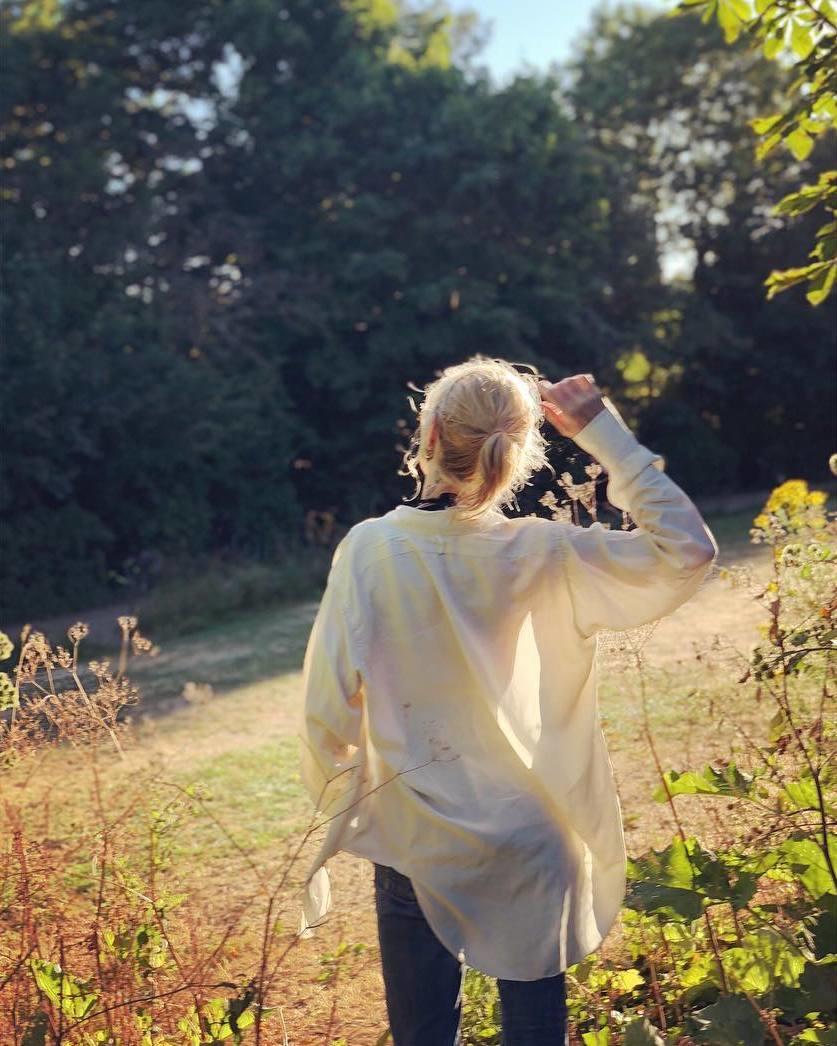
Photo credits: Sarah M Lee and Jørn Tomter
Yet we know the world is becoming rapidly more urbanised, with two thirds of the population expected to live in cities by 2050. London alone is set to swell by another two million (to 11 million) over the next 20 years. So our urban landscapes will of course feel even more crammed in future. And we will need those green and blue spaces that bit more. The greener our cities can become, the better they will be to live in: places richer in wildlife, with cleaner air to breathe and more people feeling better connected to nature, to themselves and to our planet.
The National Park City Foundation, World Urban Parks and Salzburg Global Seminar have begun an international conversation to develop a Universal Charter of National Park Cities. It will set out key National Park City principles, ways of working and a framework for engaging people with it.
